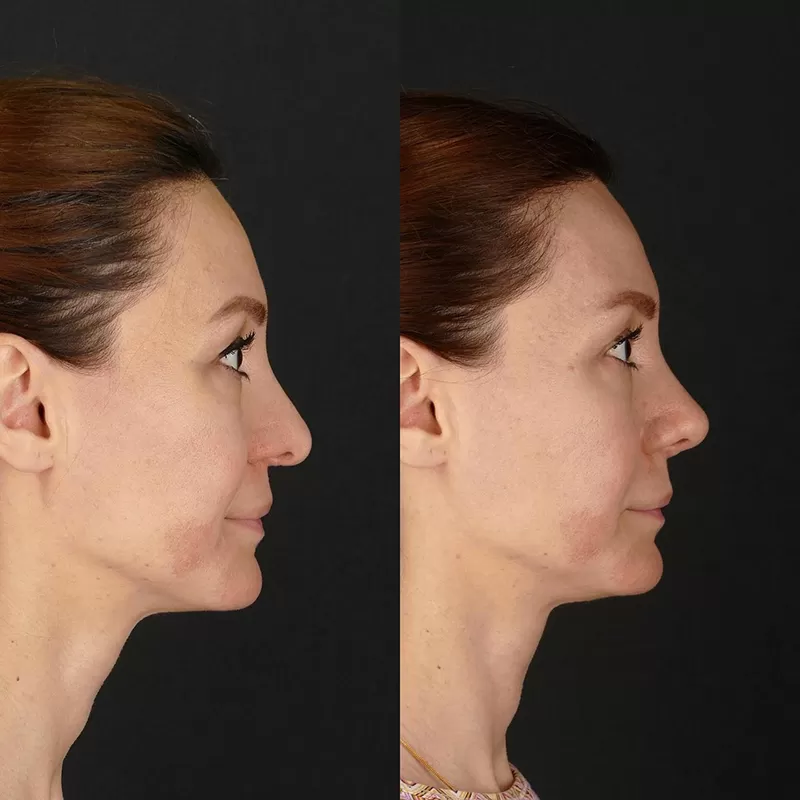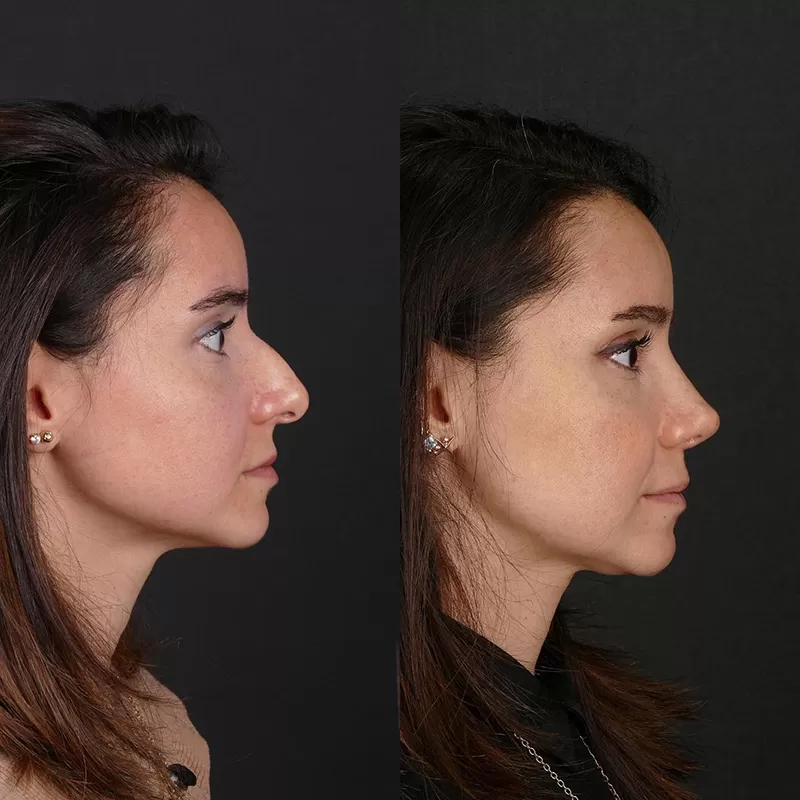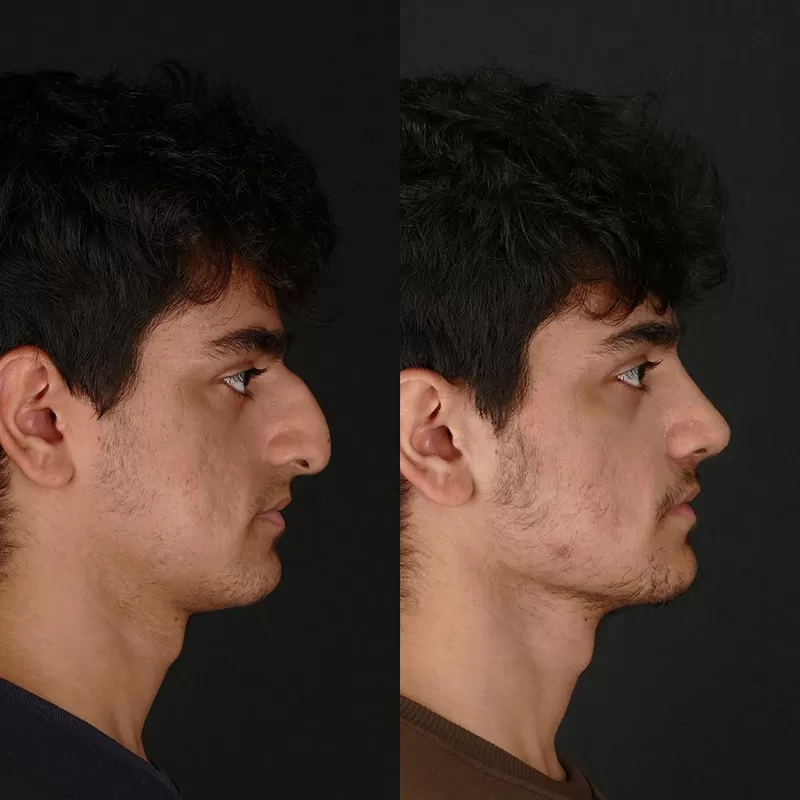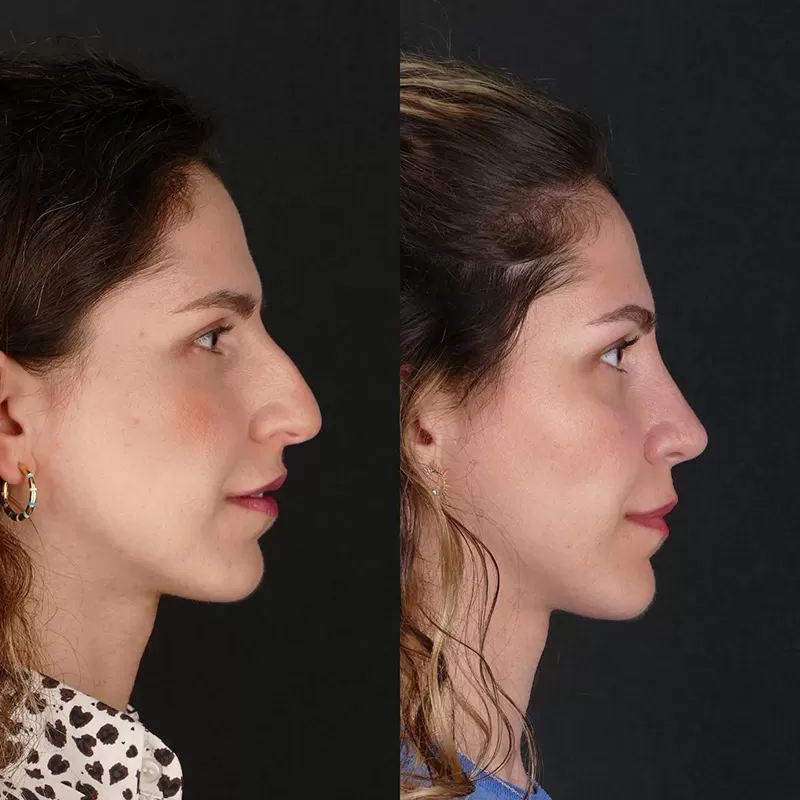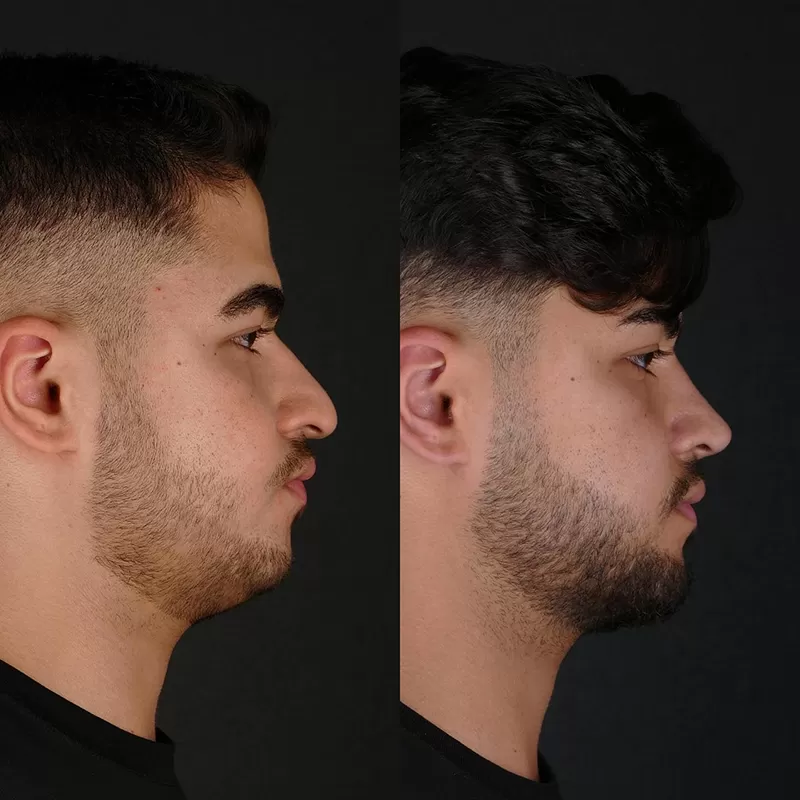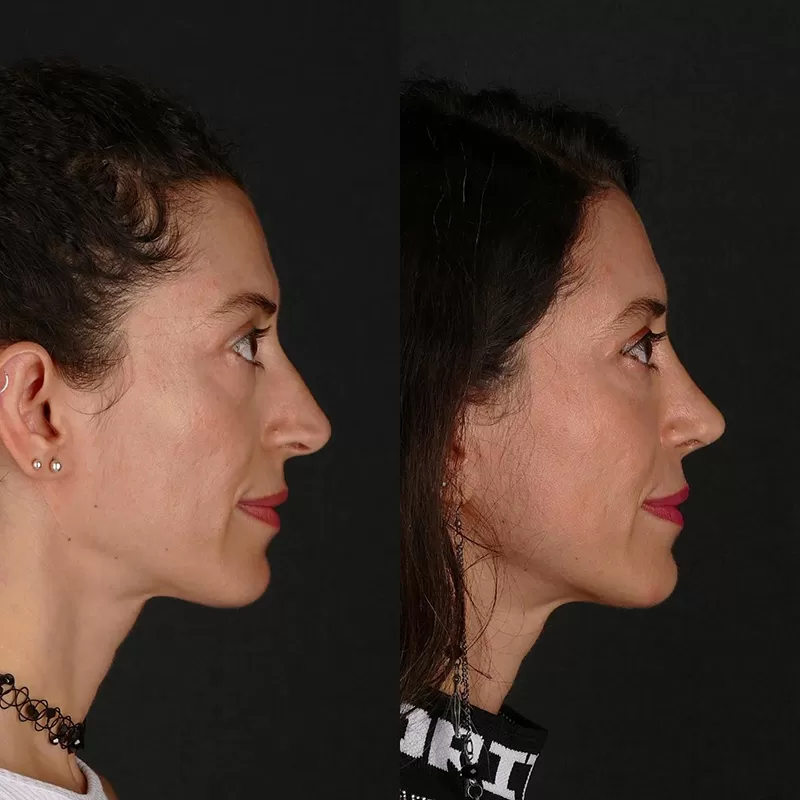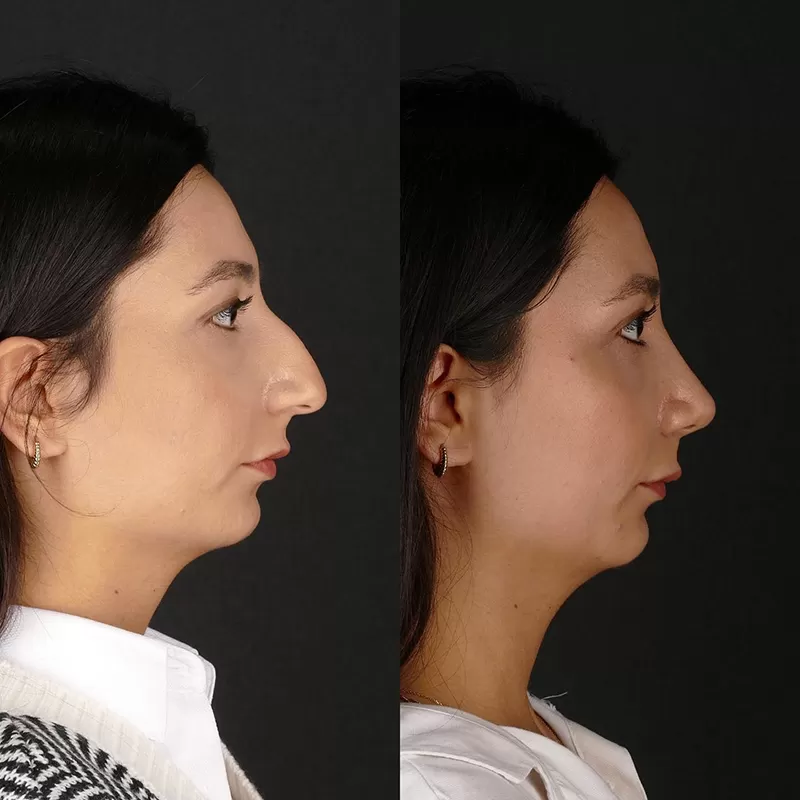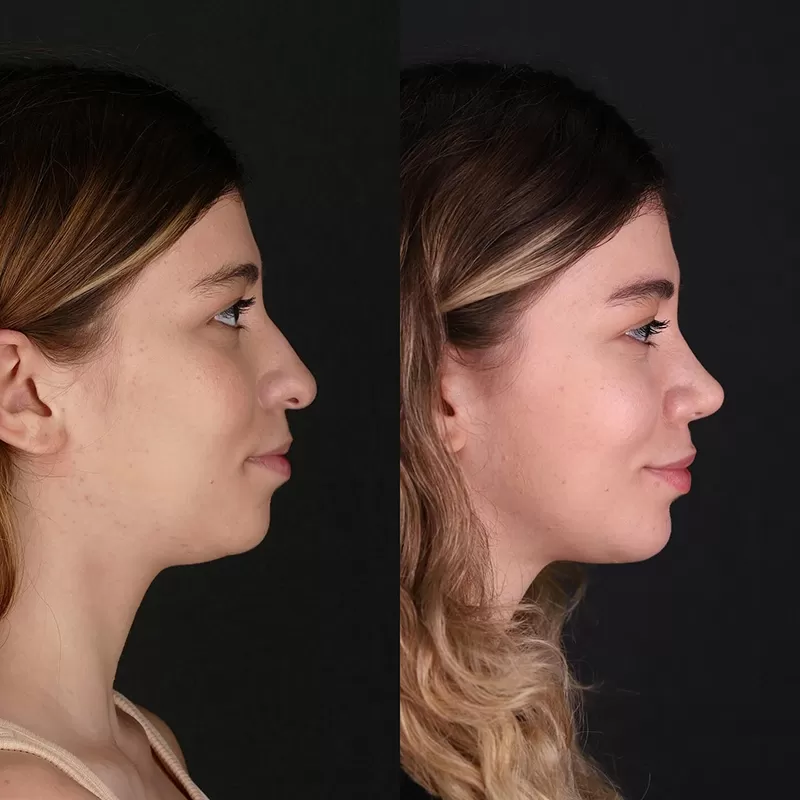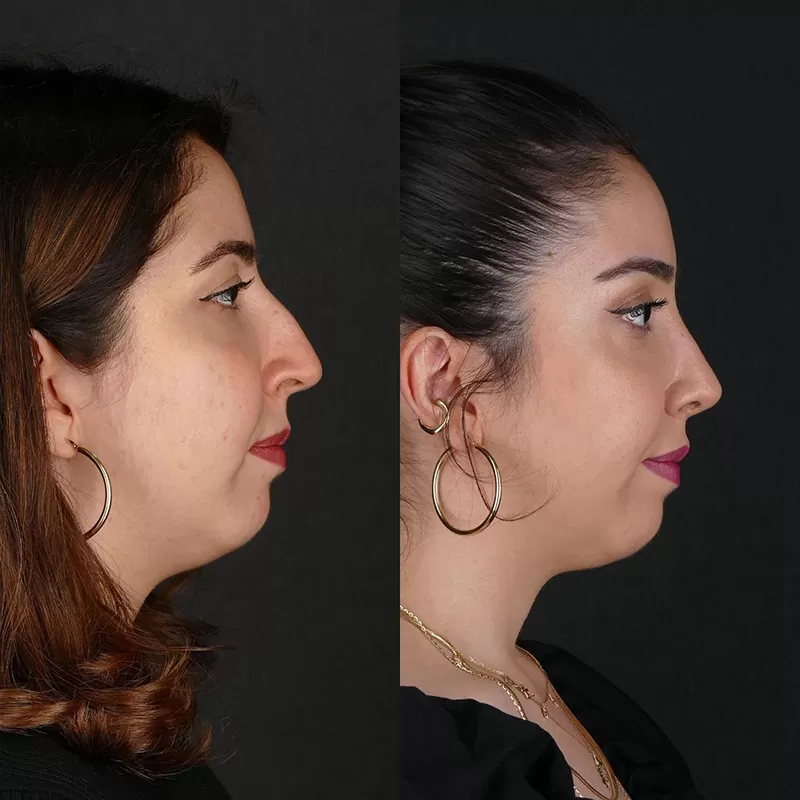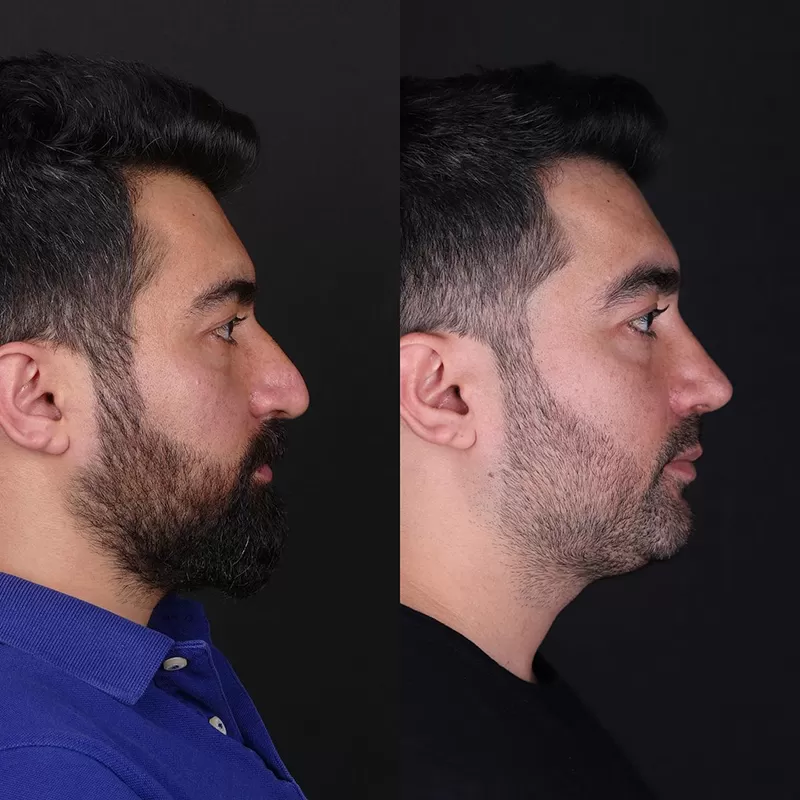Voice Refinement
İçindekiler
ToggleWhat is Sound Thinning?
Sound is an energy and when the sound producing source vibrates, it gains energy and creates sound. The human voice is formed by the coordinated work of the lungs, the larynx at the top of the trachea and the mouth and nose.
In the respiration stage (Respiration), the air blown from the lungs passes into the trachea and vibrates the vocal cords in the larynx to create the raw sound (Phonation). The vocal cords vibrate 100-150 times per second in men, 200-250 times per second in women and 400 times per second in babies.

The raw sound formed in the larynx is shaped in the throat, nose and mouth cavities to form a personalised tone of voice (resonance). The resulting tone of voice is shaped by the lips, teeth, tongue, palate, nasal cavity, larynx, pharynx and nose, known as articulatory organs, and transformed into speech sounds (Articulation).
TREATMENT PROCESS
Voice Refinement
1 Session
3 Days
Lifetime
1 Hour
5 days later
General Anesthesia
5 Days
What is Sound Thinning?
Many people want to change their voice tones that are not suitable for their gender, status or physical characteristics through aesthetic interventions. Especially individuals who have changed their gender, women who have hormonal problems or who have received hormone therapy in the past, and women whose voices have deepened due to smoking since a young age; want to thin their voices in order to overcome their social or psychological problems. In addition, people who want to be announcers, presenters and voice-over artists within professional groups, politicians, management candidates and academics often request voice aesthetics.
In parallel with the developments in the field of medicine, the pitch of the human voice can be changed with some surgical interventions. During these operations, the desired changes can be made to the vocal cords through interventions inside the mouth or small cuts (incisions) made in the neck area and the voice is reconstructed. In order to make the human voice higher, it is necessary to shorten, thin out or increase the tension of the vocal cords.

What is Loudness?
Sound has 3 characteristics: loudness, intensity and timbre. The sound feature that causes the sound to be characterised as thin or thick is the height of the sound (pitch). If the frequency of the sound waves is high, the sound is thin, if it is low, the sound is thick. The loudness of the sound depends on 3 different qualities of the vocal cords:
Length of the Vocal Cords: As the length of the vocal cords shortens, the amount and frequency of vibration increases. As the frequency increases, the sound becomes thinner.
Thickness of thevocal cords: As the v ocal cords become thinner, the amount and frequency of vibration increases. The sound becomes thinner.
Tension of the Vocal Cords : As the v ocal cords are stretched, the amount and frequency of vibration increases. The sound becomes thinner.
The fundamental frequency of sound is expected to be below 120 Hz in healthy men and above 150 Hz in healthy women.in healthy men and above 150 Hz in healthy women.

